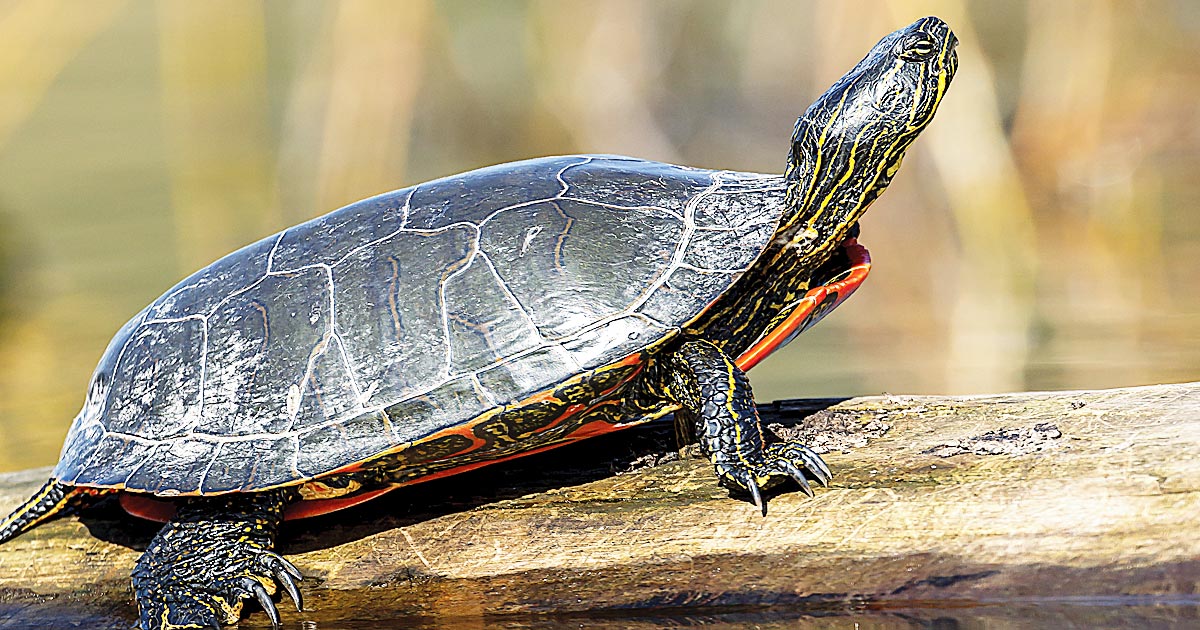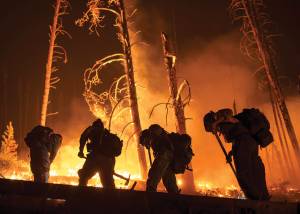Contains Affiliate Links
By HOLLY ENDERSBY
April and May are terrific months to visit wetlands. These lands are bridges between water and drier landscapes and are host to numerous native and migratory birds, resident mammals, hordes of insects, amphibians, and reptiles.
The Idaho Department of Fish and Game recognizes the important part wetlands play in wildlife management: it is estimated that 75 percent of wildlife depends, at some time during their life cycle, on 1 percent of the land that wetlands encompass.
Wetlands are the cornerstone of the food chain for many species. Migratory birds, including sandhill cranes, trumpeter swans, a variety of ducks, song birds, and raptors all depend on these food and rest stops on their long journeys. Luckily, many stay in Idaho until fall, providing excellent bird watching possibilities.
Spring is also a great time to see the native plants often found only in this unique habitat. Plants find a home based on the availability of water over time, keeping them in sync with moisture all year long. Marshes and riparian areas usually feature flowing water and have vegetation like grasses, rushes, and cattails.
You may have noticed red-winged blackbirds singing loudly atop a cattail or perhaps heard the song of the yellow-headed blackbird in a nearby shrub. Both species are regular marsh inhabitants and frequent the plants found there.
Swamps are wetlands, too, but they feature more woody plants such as cottonwood, willow, red-osier dogwood, and alder. These more shaded areas are important resting spots for migratory birds, but they also provide habitat for deer, elk, and bear.
Osprey and herons often prefer to nest in the woody overstory of swamps. It’s hard to beat a marsh or swamp for birdwatching, especially during the spring courting and nesting activity.
Many wildlife management areas and national wildlife refuges in Idaho are favored with wetlands. Marshes are found in Oxford Slough in the Bear Basin area and in Gray’s Lake National Wildlife Refuge in the Snake River basin, Rose Lake, and part of Harriman State Park, which itself resides within the boundaries of the Harriman National Wildlife Refuge.
This refuge and the state park hosts a huge number of trumpeter swans, the largest waterfowl in the world. With thousands of acres to recreate in, including 22 miles in Harriman State Park open to hiking, mountain biking, and horseback riding, this is a prime area for upland as well as marsh excursions. As part of the Greater Yellowstone ecosystem, Harriman NWR is a must for wildlife watching.
Bear Lake National Wildlife Refuge in southeast Idaho has a whopping 17,000 acres of wetland/upland mix. Between marsh and open water, waterfowl flock to the area as do migratory birds. You simply can’t beat this watery area for birding in the spring.
The Camas Prairie Centennial Marsh is not to be missed. This unique marsh, which is lush in spring and early summer, typically dries out later in the season. In May and June, the prairie and marsh-land explode with color from the gorgeous blue Camas lilly. This 3,100-acre wildlife management area near Fairfield is one of the best places for spring bird watching.
The marsh draws a great variety of waterfowl like northern pintail, cinnamon teal, gadwall and others, as well as shorebirds like the long-billed curlew, American avocet, and flocks of sandhill cranes. The first weekend of June brings the town of Fairfield alive with its Camas Lilly Days and Sho-Ban Homecoming. So along with fabulous marsh bird watching you can have a terrific time in town as well.
In North Idaho, the Kootenai National Wildlife Refuge encompasses 2,800 acres of wetlands and woods near Bonners Ferry. This complex is host to an astonishing array of wildlife. According to recent counts, 22 species of fish, seven amphibians, six reptiles, 45 mammals, and more than 233 bird species hone in on this amazing complex of marsh and forest habitat.
And not to be out done, the Boise area has not only the lovely river front to visit in March for bird watching, but the Lake Lowell riparian area within the Deer Flat National Wildlife Refuge is a haven for birds in the spring.
Marshes are magical places at all times, but in spring they are bursting with wildlife, especially migratory birds. So don’t wait, grab those binoculars and pack, and head out for marsh madness! ISI










